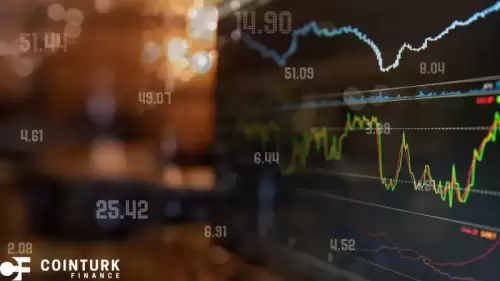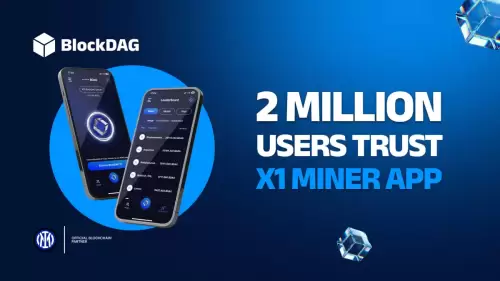Pi Network is transforming the global economy, leveraging blockchain for borderless transactions and AI to build an inclusive digital future.

Pi Network is making waves, positioning itself as a key player in the global economic transformation. With its innovative blockchain technology and a growing ecosystem of AI applications, it's aiming to redefine how we interact with money, value, and technology. But is it just hype, or is Pi Network truly powering the future?
Borderless Transactions and Financial Inclusion
One of Pi Network's core strengths is its ability to facilitate borderless transactions. By removing the need for traditional intermediaries, Pi Network offers an accessible and practical alternative for individuals and businesses to engage in global trade, receive remittances, and participate in the digital economy, especially in regions with underdeveloped banking systems.
Real-World Applications and the Rise of AI
The true value of any cryptocurrency lies in its utility, and Pi Network is steadily building an ecosystem that supports real-world applications. Merchants are beginning to accept Pi Coin for payments, and businesses are exploring Pi payments to cater to a digitally savvy customer base. Excitingly, Pi Network's biggest untapped potential lies in AI, with over 12,000 AI app submissions to the Pi App Studio. If even half of these projects succeed, Pi Network could become a dominant force in the $16 trillion AI economy forecasted for 2030.
Building an Inclusive Digital Economy
Pi Network's decentralized nature ensures accessibility to anyone with a smartphone, democratizing access to cryptocurrency and its benefits. This inclusivity is crucial in driving the adoption of digital currencies and promoting a shift toward a decentralized financial system. As more pioneers join the network, the collective participation strengthens the Pi Network ecosystem, paving the way for increased utility and adoption on a global scale.
Challenges and Opportunities
Despite its potential, Pi Network faces challenges. The price of Pi has been volatile, and skepticism mounts as users question when it will achieve real-world adoption. To overcome these hurdles, Pi Network needs bold leadership from its core team, including a radical governance shift, transparent tokenomics, and strategic partnerships with AI and blockchain leaders.
The Future of Banking is Blockchain
Traditional banking systems are facing disruption. Finance giants like JPMorgan are already transitioning to digital assets and blockchain services, signaling a clear trend toward tokenization. Innovative, user-focused services will drive the transition from classical banking systems to blockchain-based ones.
A Vision for a Decentralized Future
Pi Network's vision is clear: to contribute to building a future where decentralization empowers individuals, communities, and economies. The network's advancements align with the broader goals of the web3 movement, emphasizing transparency, user ownership, and decentralization as key pillars of the digital economy.
So, is Pi Network the future? Only time will tell. But with its focus on borderless transactions, financial inclusion, and the burgeoning AI ecosystem, it's certainly a project to watch. Who knows, maybe we'll all be paying for our lattes with Pi Coin someday!




















































































